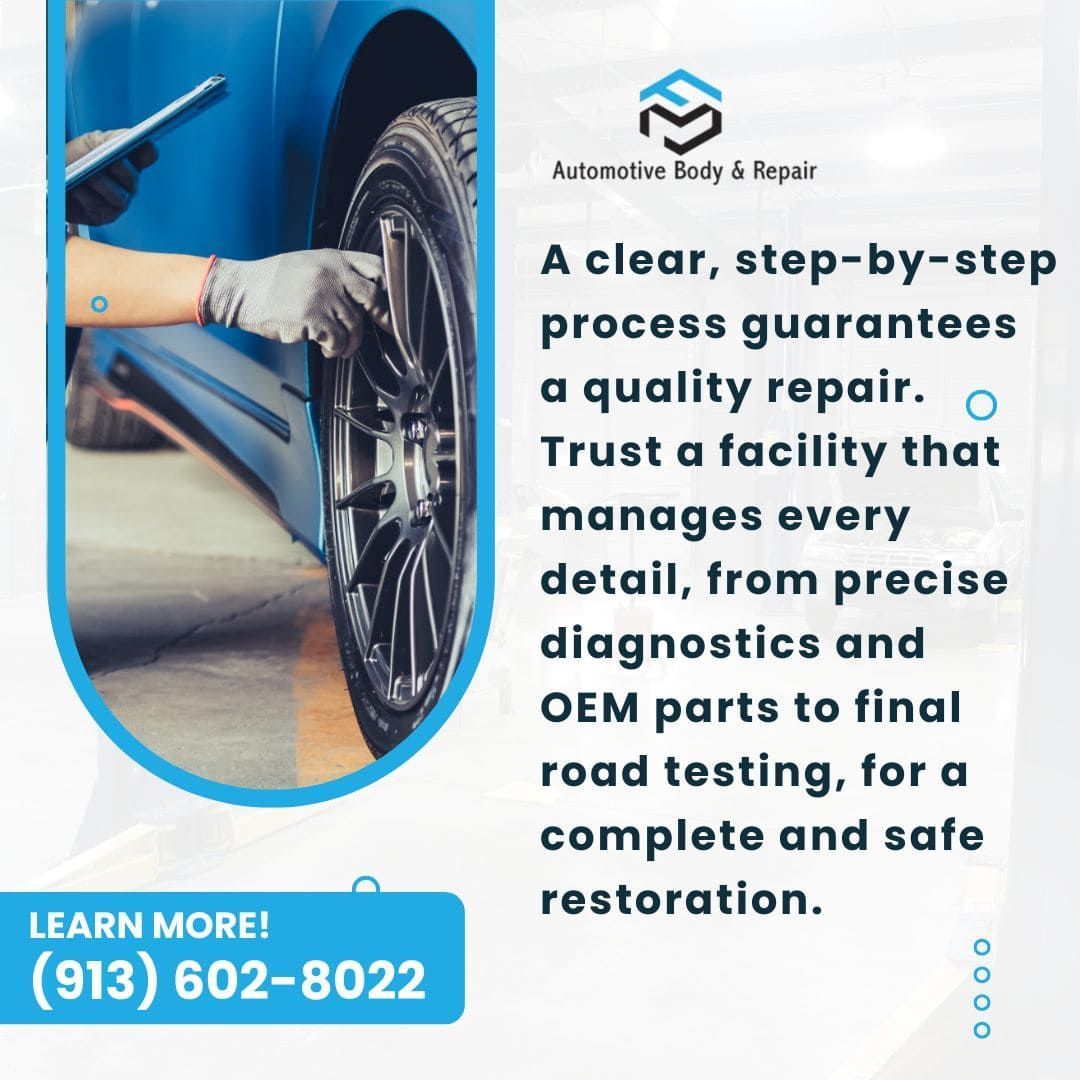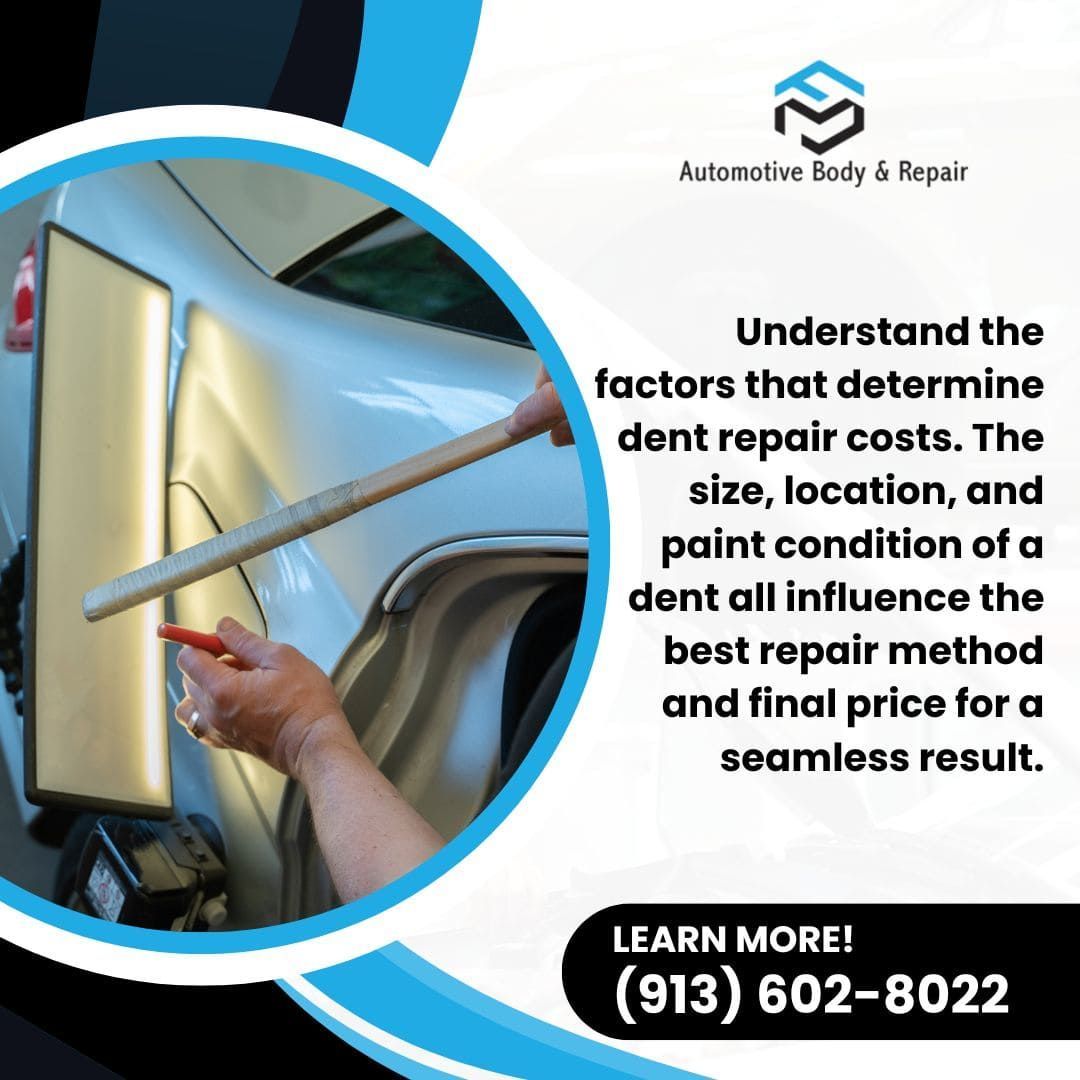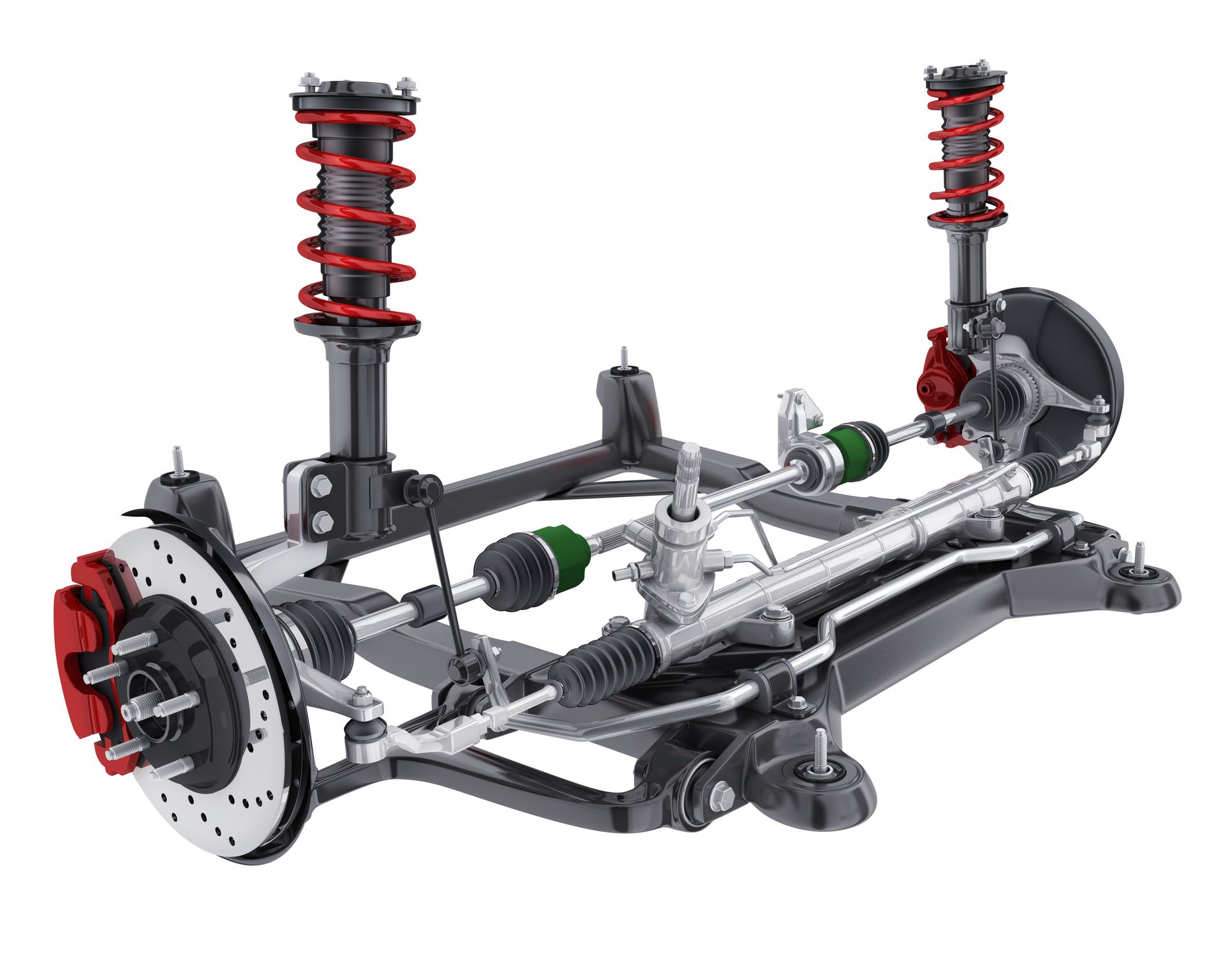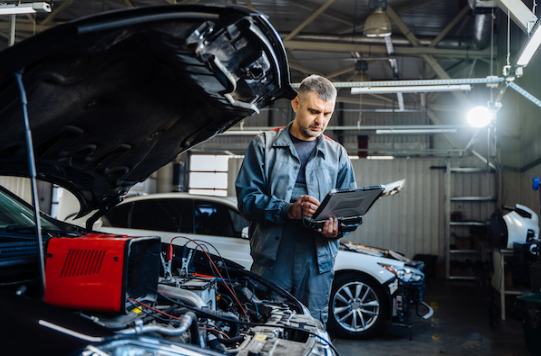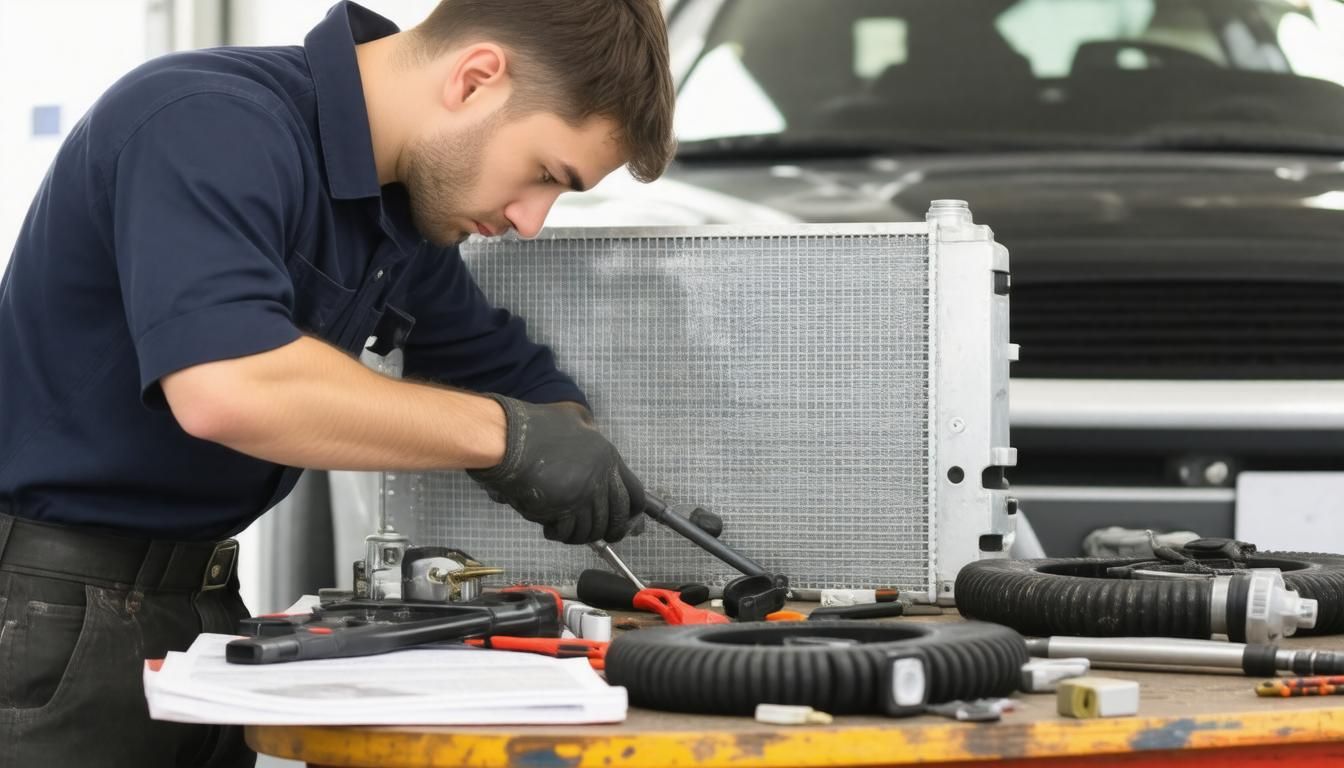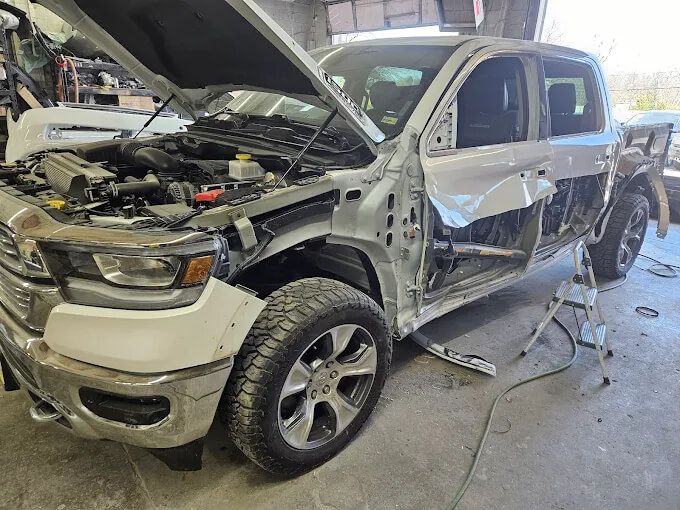Ever wondered how your car's engine transforms fuel into motion? The secret lies in the 4-stroke engine cycle, a process that takes place inside the engine cylinders, converting fuel and air into the power that propels your vehicle. This cycle is fundamental to most modern vehicles, and understanding it can give you a greater appreciation for the engineering marvels under the hood.
The Four Strokes Explained
The 4-stroke engine cycle consists of four distinct phases: intake, compression, power, and exhaust. Each stroke plays a crucial role in ensuring that the engine runs smoothly and efficiently.
1. The Intake Stroke
The cycle begins with the intake stroke. During this phase, the intake valve opens, and the piston moves down the cylinder, creating a vacuum that draws in a mixture of air and fuel. This blend is essential for combustion, and the precision of this process ensures optimal performance and fuel efficiency.
2. The Compression Stroke
Next comes the compression stroke. Here, the intake valve closes, and the piston moves back up the cylinder, compressing the air-fuel mixture. This compression is vital because it increases the mixture's temperature and pressure, setting the stage for a powerful explosion. Think of it as packing more energy into a smaller space, ready to be unleashed.
3. The Power Stroke
The magic happens during the power stroke. The compressed air-fuel mixture is ignited by a spark plug, causing a controlled explosion. This explosion forces the piston back down the cylinder with immense power. This downward motion turns the crankshaft, which ultimately powers the vehicle's wheels. It's this stroke that provides the engine's primary power output, making it the driving force behind your car's movement.
4. The Exhaust Stroke
Finally, we have the exhaust stroke. After the power stroke, the exhaust valve opens, and the piston moves back up the cylinder, pushing the burnt gasses out through the exhaust system. This phase clears the cylinder of exhaust gasses, making room for a fresh intake of the air-fuel mixture, ready to start the cycle anew.
Synchronization and Timing
The synchronization of these four strokes is critical for the engine's efficiency and smooth operation. This timing is controlled by the camshaft and crankshaft, which work together to ensure that the valves open and close at precisely the right moments. If the timing is off, it can lead to poor performance, increased emissions, and potential engine damage.
The Role of the Camshaft and Crankshaft
The camshaft and crankshaft are the unsung heroes of the 4-stroke engine. The camshaft is responsible for opening and closing the valves, while the crankshaft converts the piston's up-and-down motion into rotational motion that drives the vehicle. These components are connected by a timing belt or chain, ensuring they work in perfect harmony.
Camshaft: Master of Valves
The camshaft operates the valves via cam lobes, which push on the valve lifters to open the valves at the right time. This precision is crucial for the engine's breathing process, allowing the intake and exhaust phases to occur efficiently.
Crankshaft: Converter of Motion
The crankshaft takes the linear motion of the pistons and converts it into rotational motion, which is then transferred to the wheels. This transformation is what ultimately propels the vehicle forward, showcasing the elegance and efficiency of mechanical engineering.
Modern Innovations in 4-Stroke Engines
Advancements in technology have brought significant improvements to the 4-stroke engine. Innovations such as Variable Valve Timing (VVT) and Direct Fuel Injection (DFI) have enhanced performance, fuel efficiency, and emissions control.
Variable Valve Timing (VVT)
VVT technology allows for the timing of the valve opening and closing to be adjusted dynamically. This means the engine can optimize performance and efficiency across different speeds and loads, providing better fuel economy and power when needed.
Direct Fuel Injection (DFI)
Direct Fuel Injection (DFI) injects fuel directly into the combustion chamber rather than mixing it with air beforehand. This precise control over the fuel mixture leads to more efficient combustion, resulting in improved power output and reduced emissions.
Ensure your engine's peak performance with
regular check-ups and maintenance at
F & M Automotive Body & Repair. Schedule your appointment today!
